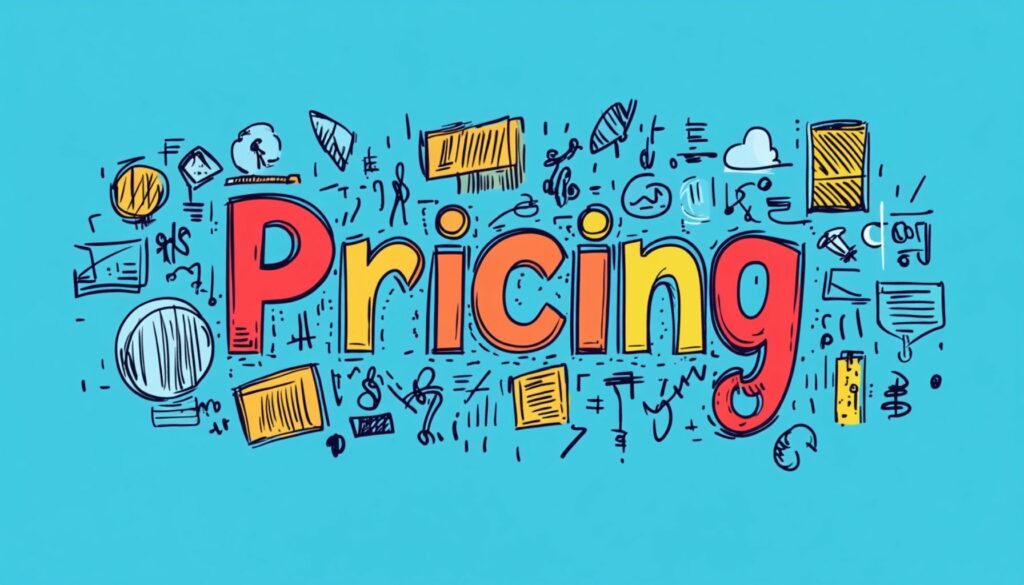One of the most fascinating aspects of consumer behavior is how consumers perceive the value of products and services. At the heart of this perception is the concept of “price acceptability”. Understanding this concept is essential for marketers, as it directly influences purchase decisions and brand loyalty. This article explores the importance of price acceptability, and suggests ways in which companies can refine their pricing strategies in line with this concept.
What is the acceptability price?
The price of acceptability corresponds to the price range within which a consumer perceives a product or service to be fair or reasonable. It should be neither too high, which could lead to rejection due to excessive pricing, nor too low, which could raise doubts about the product’s quality. The acceptability price represents an equilibrium where the consumer feels he is getting adequate value for his money.
Factors influencing the acceptability price
Several factors influence the price of acceptability to consumers:
- Perceived value: The more value a consumer associates with a product, the higher the price of acceptability. This value can come from product quality, brand reputation, convenience or even an emotional connection.
- Market standards: Consumers are influenced by the prices generally charged for similar products on the market. When setting a price, companies must take competitors’ prices into account to ensure that their offer remains within an expected range.
- Personal budget: An individual’s financial situation plays a crucial role. Acceptable prices vary considerably between different market segments, depending on income levels and purchasing power.
- Psychological pricing: Certain pricing techniques, such as displaying a product at €9.99 instead of €10, make a price more acceptable. This phenomenon exploits consumers’ tendency to perceive prices as lower than they actually are.
Measuring the price of acceptability
One of the main tools for measuring price acceptability is Van Westendorp’s price sensitivity method, a survey-based approach in which customers are asked to rate different price levels according to what they consider too cheap, too expensive, and acceptable. The results enable companies to identify the optimum price range corresponding to customer expectations.
Strategies for leveraging the price of acceptability in marketing
- Value-based pricing: Companies need to focus on the value their products deliver, rather than simply trying to compete on price. This means improving the perception of product benefits, for example through superior functionality or exceptional customer service.
- Market segmentation: By segmenting the market, companies can define different price acceptance ranges for different consumer groups. For example, premium customers may tolerate a higher price range than more price-sensitive customers.
- Dynamic pricing: Thanks to technology, companies can adjust their prices in real time according to demand, competition and customer behavior. This strategy enables them to stay within the acceptable price range while maximizing profits.
Conclusion
The concept of Acceptability Pricing goes far beyond a simple figure; it represents a subtle balance between consumer perception, market dynamics and the value offered. By understanding and effectively managing acceptability pricing, companies can not only meet consumer expectations, but also strengthen their overall positioning. For marketers, refining pricing strategies with this concept in mind is a lever for creating sustainable growth and improving customer satisfaction.



